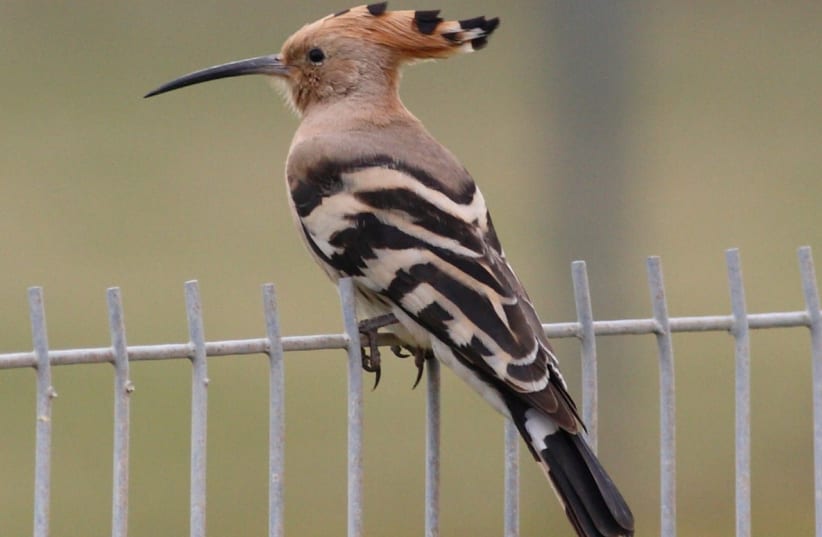How do you distinguish between monk parakeets and Eurasian collard doves?
Take part in the Great Backyard Bird Count, and you could learn.
The Israel Center for Citizen Science, the Society for the Protection of Nature in Israel (SPNI), and the Israeli Center for Yardbirds invite the public to participate in the scientific documentation of bird species in the country and to contribute to their conservation from January 15 to 31.
"The public's assistance in locating and reporting on bird species in residential areas is a 'force multiplier' for us in the scientific community, and the data can help future research," explained Tomer Gueta, head of the Citizen Science National Center. "The power of citizen science in advancing research is significant."
The bird count takes place in cities and towns across Israel. The public can report on the species they see in their backyards, at parks, gardens, or on the street.
The objective is to obtain an overview of various bird species within these regions. This will enable scientists to discern alterations in species distribution, gather data to serve as a scientific foundation for future research, and advocate for initiatives to enhance birds' well-being.
This year, a new guide for bird identification and games and videos have been introduced, explained SPNI's Dr. Nirit Lavie-Alon. Resources include a photo album for participants to identify birds, sound cues, an eBird app and instructional videos.
The materials can be found on the event website, with the short link https://bit.ly/3TTFSlT.
To count: Stand silent for 10 seconds at one point between 10 a.m. and 7 p.m. Then, using the app, report all identified species seen or heard and the number of individuals of each species.
"In the 10 seconds we stand and watch next to our home, we are surprised to discover a whole world of creatures and sounds that we were unaware of, existing right under our noses," said Back-Yard Birds, Israel's Shlomit Lipschitz. "We also contribute to science and the preservation of nature in Israel."
Last year's findings
Last year, hundreds of observers reported 1,224 observations. An analysis revealed that the most common bird in northern and central Israel is the common raven. In the south, the most common bird was the Eurasian collared dove.
This year's goal is to expand the number of participants, reports, and surveyed areas.
The count also serves as a way to connect the public with nature.
"We encourage the Israeli public to go out into nearby nature, breathe some fresh air, and enjoy the blossoms, views, and birds," Lavie-Alon said. "In times like these, nature brings us back to simplicity, and a few hours in nature provide us with a breath of fresh air."
The Environment and Climate Change portal is produced in cooperation with the Goldman Sonnenfeldt School of Sustainability and Climate Change at Ben-Gurion University of the Negev. The Jerusalem Post maintains all editorial decisions related to the content.

